Improve solar panel efficiency with practical tips. Correct orientation and inclination of your solar panels, along with proper maintenance, are key to maximising the output of your solar panels. However, they are not the only ones. Whether you’re considering switching to photovoltaic self-consumption or already enjoy it, it is essential to know how to maximise the benefits of your solar panels. And by performance, we mean energy production, which, in turn, translates into greater savings. In this article, we give you 10 tips to improve the efficiency of your solar panels. So if you want to make the most of your investment, keep reading.
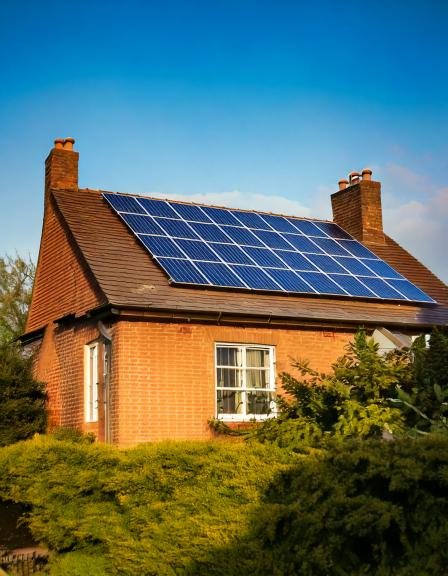
1) Look for high-efficiency solar panels
As we said, we are talking about a long-term investment. So, choosing the right equipment for your photovoltaic installation is crucial. Solar panel technology continues to evolve (new materials, greater efficiency…). And this plays in your favour, as you have different options depending on your needs.
For example, if you have limited space on your roof, the best way to optimise your investment is by opting for high-efficiency solar panels. Why? Although they cost more, they can produce more energy per square meter. In conclusion, you will need less space for your solar system.
Although it is sometimes difficult to understand, we recommend not only looking at the price when buying your solar system. You should pay attention to the quality and performance that the products offer you. Because, especially in this type of investment, cheap can become more expensive. For example, one of the latest technologies is heterojunction solar cells. They offer higher efficiency to maximise solar panel performance.
So do not hesitate to consult professionals in the sector. They will advise you on the components that best fit your energy needs, taking into account your space availability, among other factors.

2) Install optimisers and microinverters
It is not only the quality of your solar panels that matters. The remaining installation components can also help improve the performance of your solar panels. For example, using the appropriate wiring for power optimisers or microinverters ensures better performance.
If one of your solar panels is affected by a shadow or dirt, its performance will be reduced. With a conventional string inverter, when this happens, all solar panels will see their performance affected. However, by using power optimisers or microinverters, each panel can operate as an independent unit. So, if one solar panel’s performance is affected, the rest of the panels in the series will continue to operate at their maximum capacity.
In turn, using power optimisers or microinverters allows you to better adapt to more complex roofs. This is because you can orient each panel in the direction and with the inclination you need. With a string inverter, the entire series of solar panels must have the same orientation and inclination.
Finally, the use of power optimisers or microinverters allows you greater control of your installation, since monitoring is done at the panel level. Through an application or a web portal, you can see what each solar panel is producing at all times, being able to observe abnormal behaviour and quickly detect where the problem is, if it occurs.
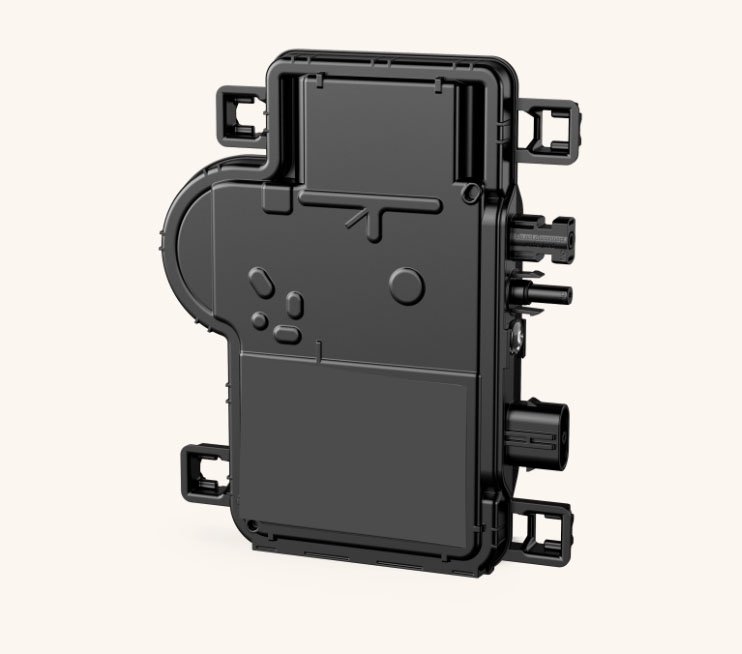
3) Install solar trackers
A solar tracker is a device that moves solar panels to face the sun throughout the day, maximising the amount of sunlight they absorb and the amount of energy they generate. In this way, they capture maximum radiation and increase the performance of the panels by 40%.
The dual-axis solar tracker model is the best. Thanks to its sensor system, it allows you to follow the sun in all its movements. It has two photoreceptors on each axis of movement to capture solar radiation. A difference in the incidence between them on the same straight line will be translated into a movement of the motors that will regulate their position so that it is practically the same in both sensors. At this point, the motors will stop for as long as the sun remains perpendicular.
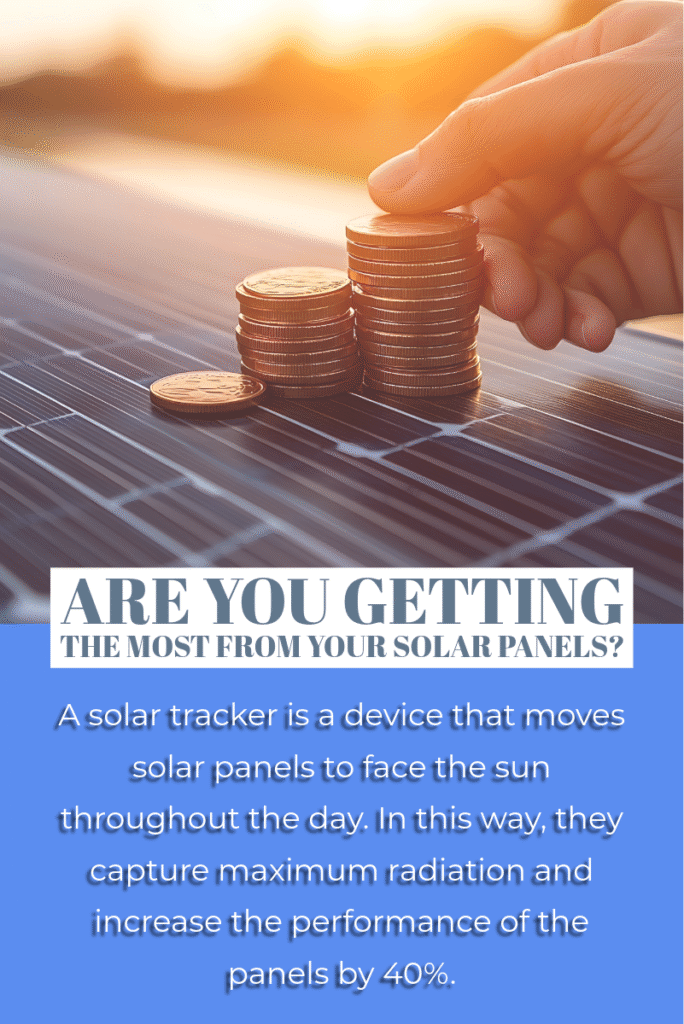
4) Bet on intelligent energy systems
Currently, every solar installation that is provided must have a monitoring system. These allow you to check the photovoltaic production, the energy you take from the grid, the surpluses you pour, and detect the incorrect functioning of any component, among other functionalities. All major manufacturers offer this service, although there are monitoring systems with different features.
Also, photovoltaics has allied with home automation to generate increasingly intelligent and automated systems. These systems can detect photovoltaic surpluses and use them to power your prioritised loads, such as a washing machine or an electric vehicle charger. And all of this happens automatically, so you won’t have to worry about keeping an eye on things.
With an intelligent energy management system, you can increase the performance of your installation, achieving a more efficient energy system and greater savings.

5) Ensure the correct orientation and inclination of your solar panels
Solar panels produce more energy when they are directly perpendicular to the sun’s rays. However, since the sun moves throughout the day, you will have to choose a fixed orientation that provides the greatest possible energy output from the solar panel.
In the Northern Hemisphere, the best orientation for your solar panels will be towards the South. However, there may be times when, because of the layout of the roof, for example, other orientations (east-west) may be recommended.
In turn, inclination is another important element to consider. Solar panels at our latitude should incline approximately 30º. But, as with inclination, there may be times when a better architectural integration of the solar panels is more important, even if this means varying the ideal inclination by a few degrees.
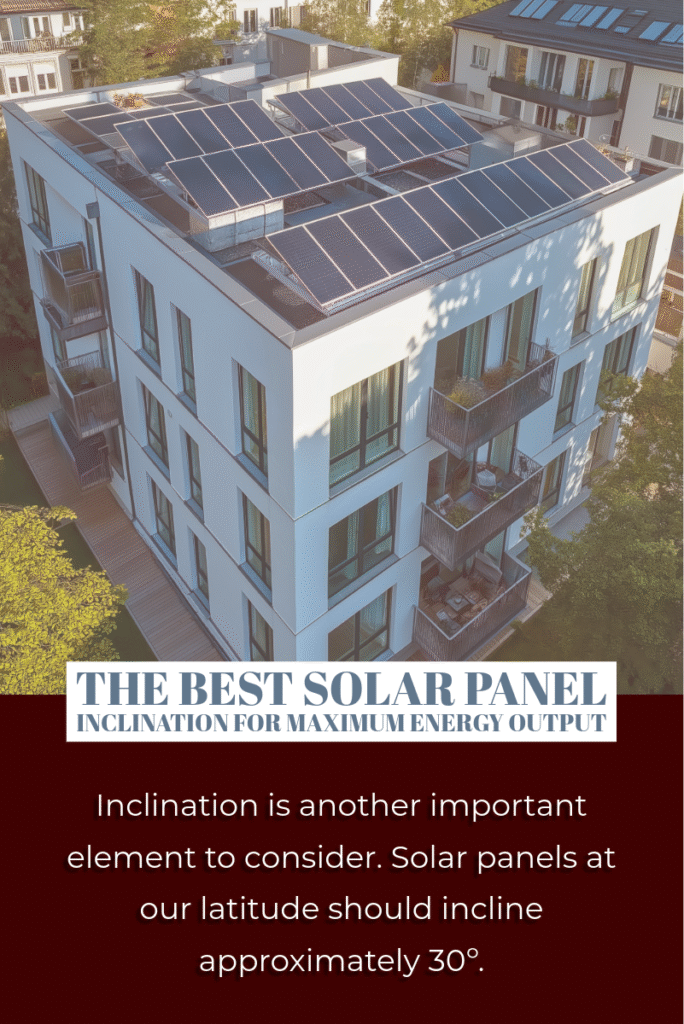
6) Avoid shadows on your solar panels.
Another tip to get the maximum performance from your solar panels, related to the time of installation, has to do with the place where they are installed. In this sense, you should avoid shadows, both partial and, especially, total or constant.
The reason is that shadows reduce the performance of your solar panels. Besides, if you do not have power optimisers or microinverters at the panel level, the effect of shadows on a solar panel will affect the rest of the panels in the series. So, the performance of your installation will be significantly reduced.
There are solar panels that include technology that has improved performance in shaded or very cloudy conditions. But the advice is to avoid the shadows of trees, buildings, chimneys or any other object, as far as possible.
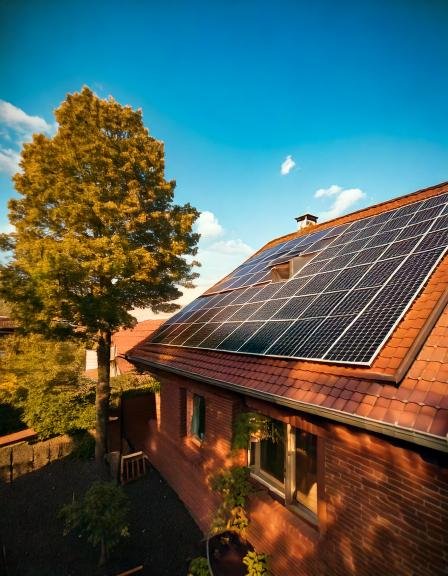
7) Avoid heat build-up under solar panels.
Another important element that influences the performance of solar panels is temperature. High temperatures are not friendly to solar panels. As temperatures exceed 25ºC, solar panels will see their performance reduced.
It is also true that when there are usually higher temperatures, in summer, it is also when the days are longer. So, what is reduced in performance because of temperature is gained in hours of solar production.
However, it is important to help solar panels not to overheat. To do this, it is important that, when they are installed, there is a minimum distance between the roof and the solar panels that allows air circulation. In this way, you will contribute to reducing the temperature of the panel.
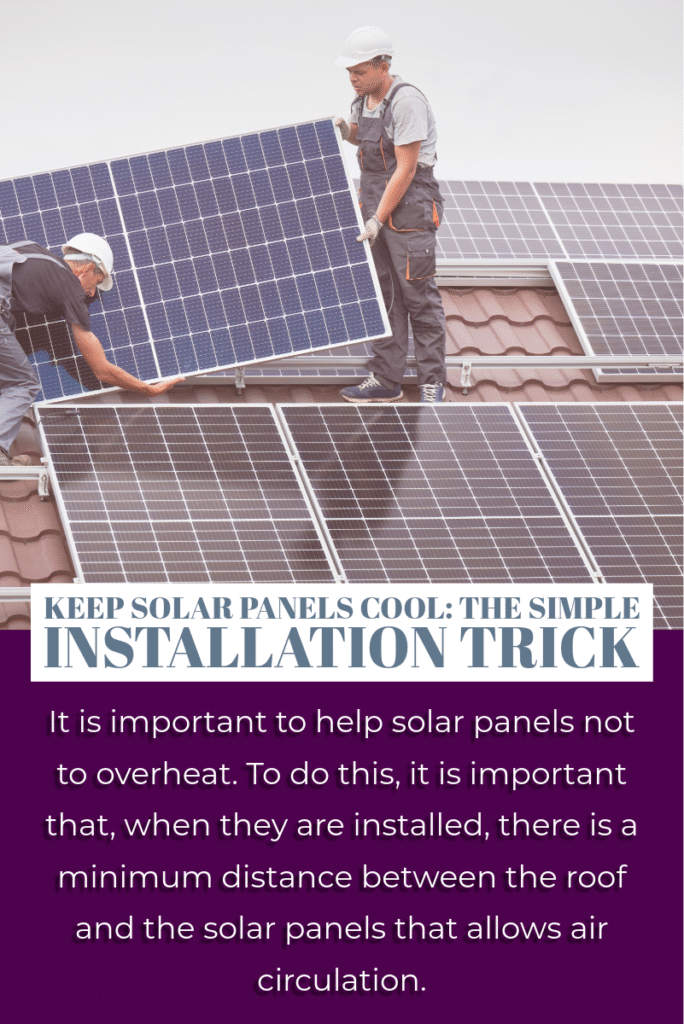
8) Make the most of sunlight.
One way to improve solar panel efficiency is to try to consume as much photovoltaic energy as possible. The more you consume from your solar panels, the less you will have to buy from the grid.
To do this, the advice is to try to overlap our consumption curve with the photovoltaic production curve. What does this mean? Solar panels produce energy during the day, less at the beginning and end of the day, and more in the central hours of the day. If you adapt your consumption (especially the most demanding ones), to have them when photovoltaic production is highest, you will be able to obtain a higher performance from your system.
But what happens if you cannot have these consumptions during the day? As we said, home automation systems allow you to program and prioritise loads so that they are automatically connected when they detect surpluses (or when you program them).
However, another way to get the maximum performance from your solar panels is to complement your solar installation with a storage system or lithium batteries. This way, you can store excess energy to consume it when your solar panels do not produce enough to power the loads you need, for example, early in the morning or at dusk, coinciding with the most expensive tariff periods. They will also serve to cover power peaks at certain times of the day. And, if you have an emergency exit or backup, it will allow you to have backup energy when the grid goes down.
In one way or another, the storage system will allow you a higher level of self-sufficiency, that is, greater self-consumption. So, the more you self-consume the energy you produce, the less you will have to buy from the grid and the greater the profit you will get from your photovoltaic installation.
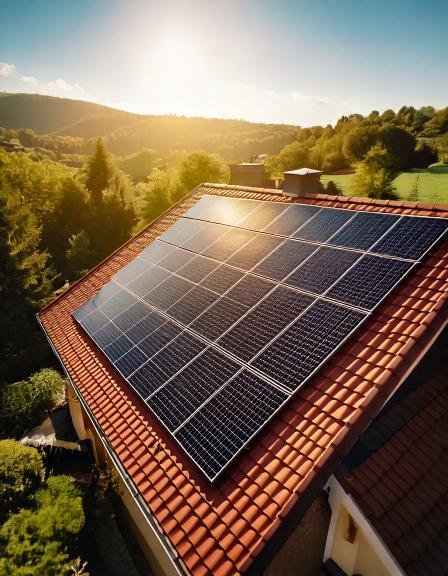
9) Keep your installation in good condition
Another important tip to ensure maximum performance from your solar panels is to keep your installation in optimal condition. A photovoltaic installation does not need much maintenance. But keeping an eye on it from time to time will help you know if everything is working properly.
Regarding solar panels, it is important to make sure they are not dirty. Dirt will affect the performance of your solar panels. Depending on the level of dirt, the effect will be greater or less. However, there are dirt types that can reduce the production of your solar panels by 20% or more. So, you must clean your solar panels at least once a year. In addition to cleaning, there are also other maintenance tasks in a photovoltaic installation. Checking the physical condition of the panels (if they have suffered any impact, if they have any cracks, etc.), that the connections are tight or that the structure continues to be solid, are some of them.
Correct maintenance will not only get the maximum performance from your solar panels but will also help improve their durability. And the more years they work, the more energy they will generate.

10) Use a virtual battery
Finally, another way to get the maximum performance from your solar panels (in this case, economically), is to compensate for the surplus that you do not consume at the moment or accumulate in your lithium battery. Until not long ago, there was only one form of compensation, the standard one. This allows you to compensate only the consumption part of your bill. So, if you continue to pour, it will be a gift that you will give to the marketing company since this format does not allow the accumulation of surpluses.
However, there are now more cost-effective ways to offset surpluses. We are talking about the virtual battery, a formula that allows you to offset all the terms of the bill, which can be as low as £0. It also gives you the possibility of offsetting a second supply under the same holder or saving the surpluses in pounds to offset future bills. A great advance that, if you have sufficient surpluses, will allow you to get a higher return on your solar panels.
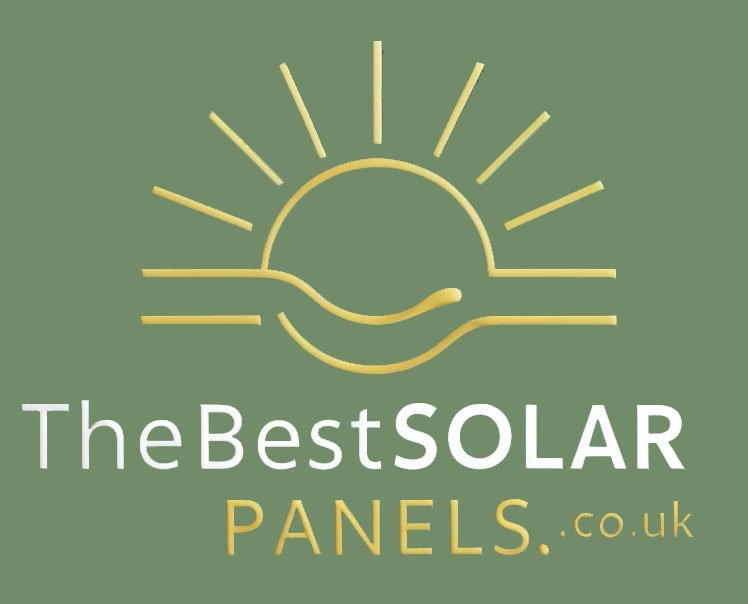


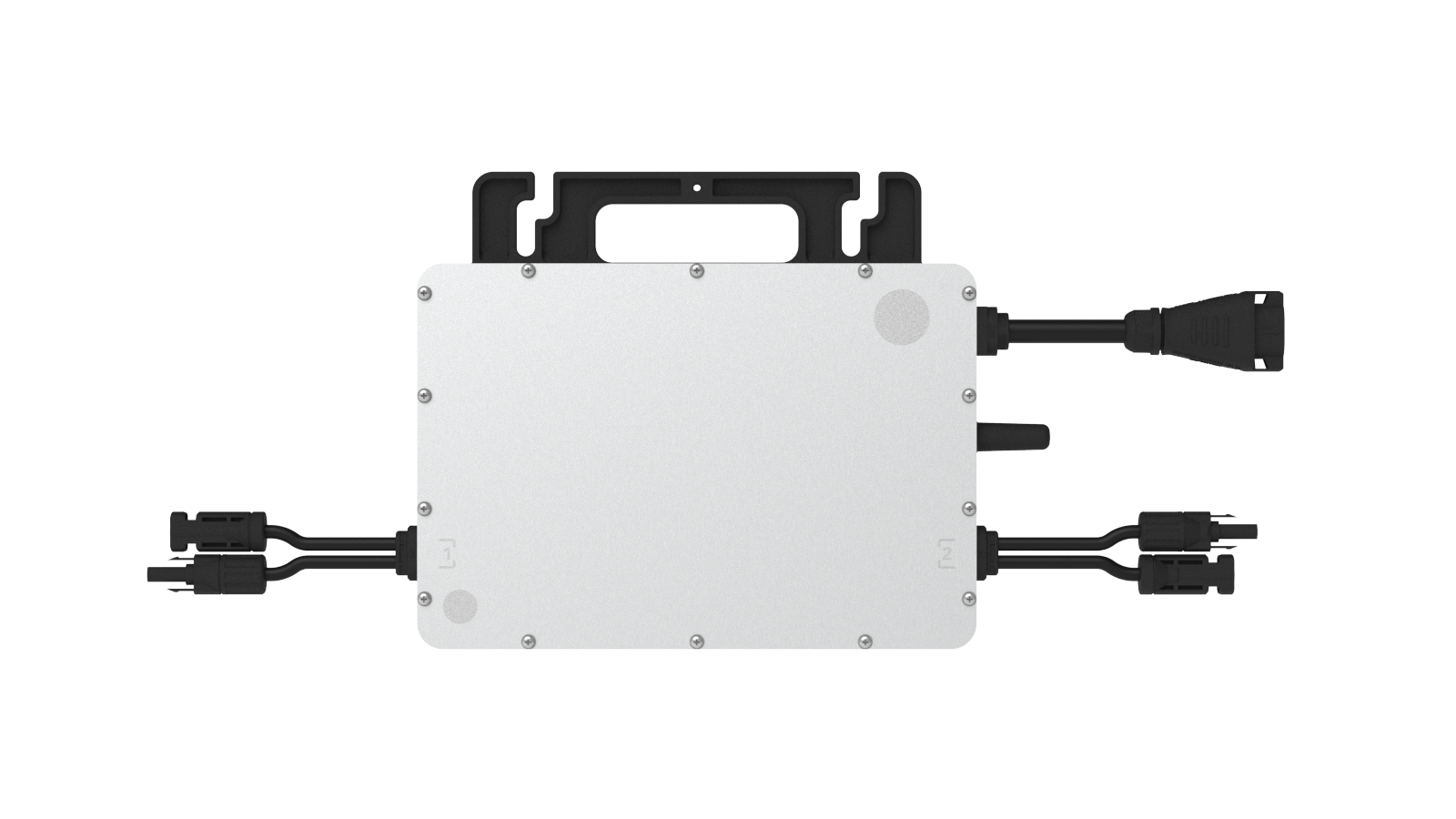
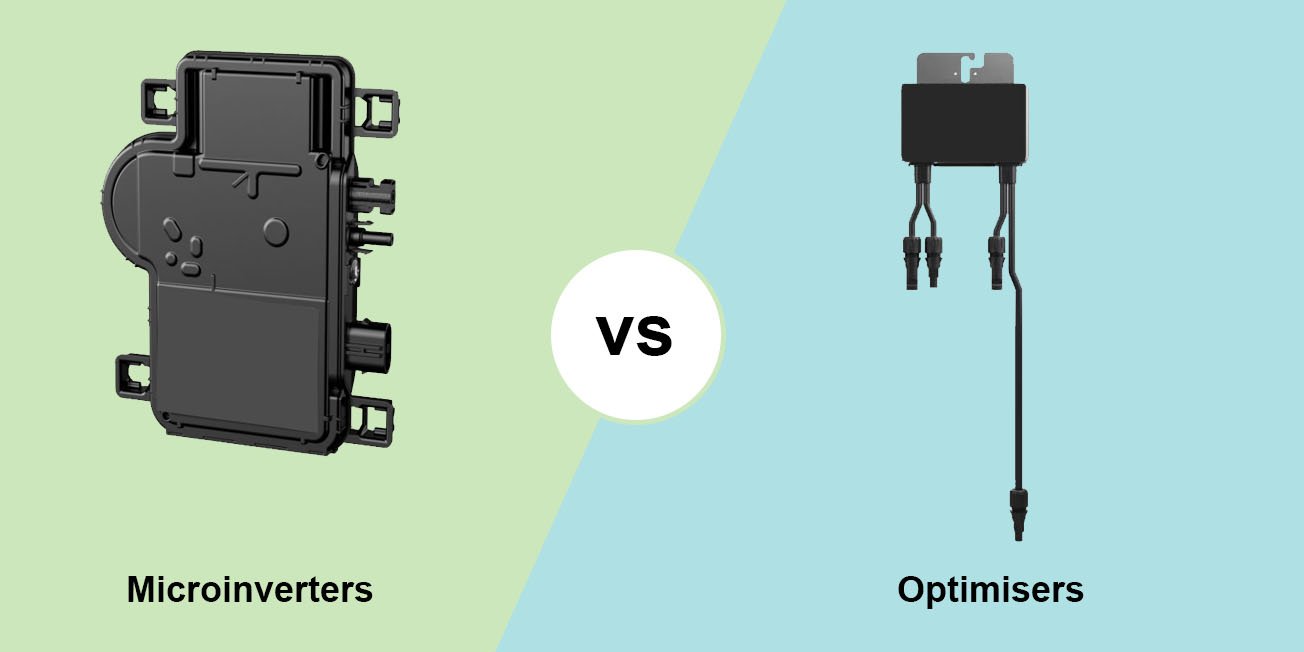
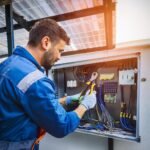

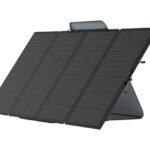
Leave a Reply